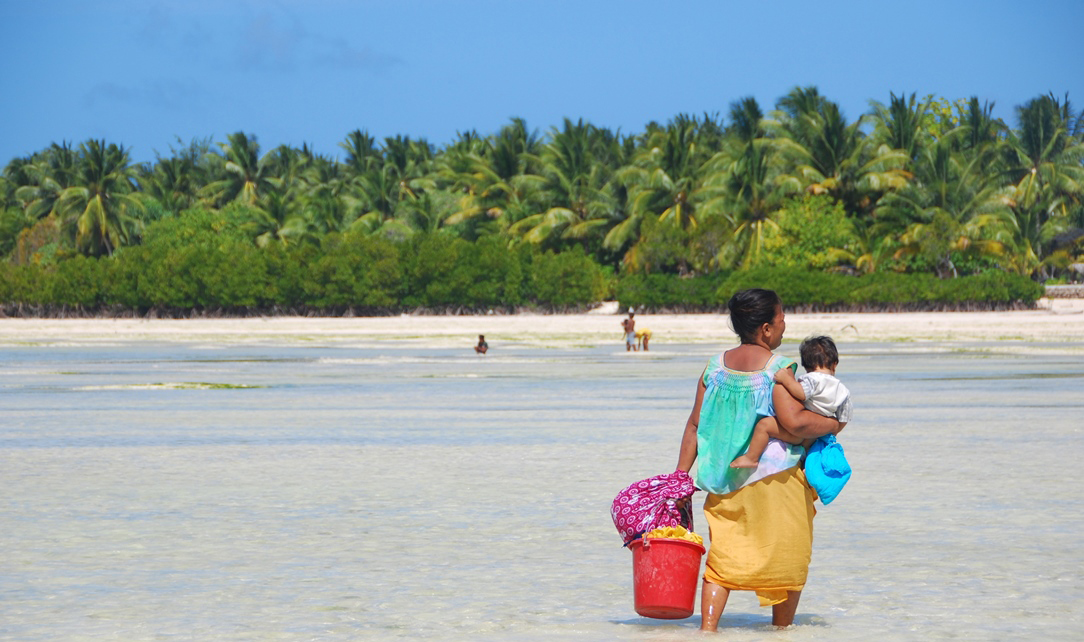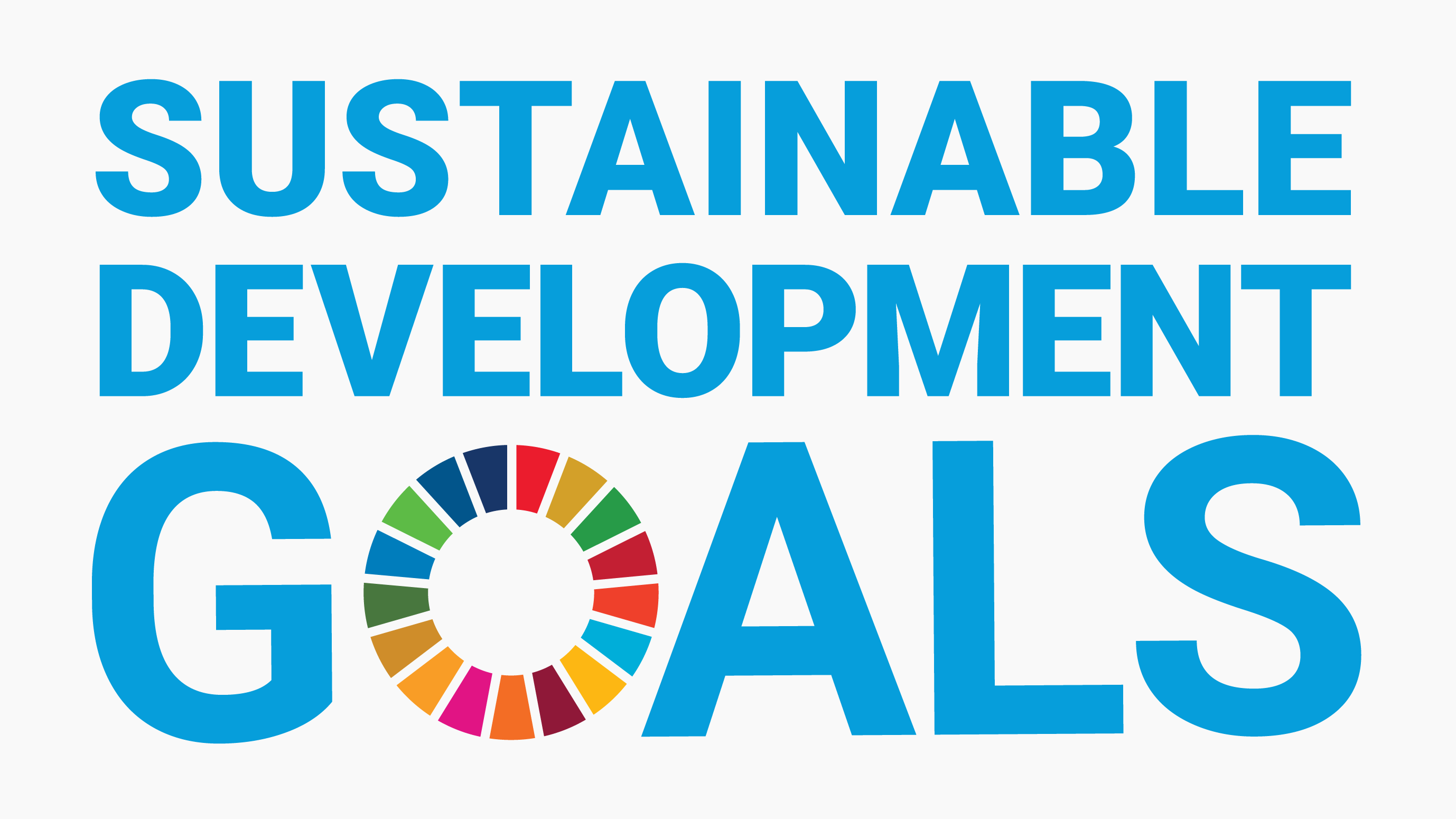Ways about how Small Island Developing States (SIDS) respond to inequality

According to the relevant data, the "human Development Index" of SIDS is consistently rated high. In general, SIDS invests more than other states on education and medicine, but paradoxically, they will confront greater challenges with responding to inequality and poverty harder.
How can SIDS get rid of the dilemma of inequality?
1. Change ideas, shifting from rescuing to reducing social vulnerability, and adjusting current social interventions to solve some uncertain problems.
2. Incorporate the idea of risk reduction into development planning. Transforming the mechanisms of coping with crisis to the systems related to risk reduction and resiliency construction.
3. Address labor market issues and take advantage of green jobs. Promote labor market inclusiveness and enhance the labor force of SIDS to reduce income inequality.
4. Advocate the globe to establish HIPC for SIDS. Leave room for SIDS to deal with structural economic challenges.
5. Provide SIDS with social stability and social investment mechanisms: to support SIDS by stable and predictable sources of finance so that they don’t need to give up those important projects of social expenditure and economic growth in order to the issues in economic structure changes.
6. Look for new sources of finance: SIDS should take full advantage of global concentration on food security and climate change so as to settle their systematic vulnerability. SIDS governments’ financial resources restrict SIDS’s alternative crisis recovery paths, but these policies can still significantly increase economic resilience and expand growth space, even in the face of greater risk and uncertainty.
Institute of International Exchange, through the research on the measures taken by SIDS to deal with inequality, provides a reference scheme for other international countries facing the same dilemma.
About Us
Institute of International Exchange is an international non-governmental and non-profit organization. We hope to build an equal and friendly platform for exchanges and cooperation around the world.
© 2023 Institute of International Exchange




